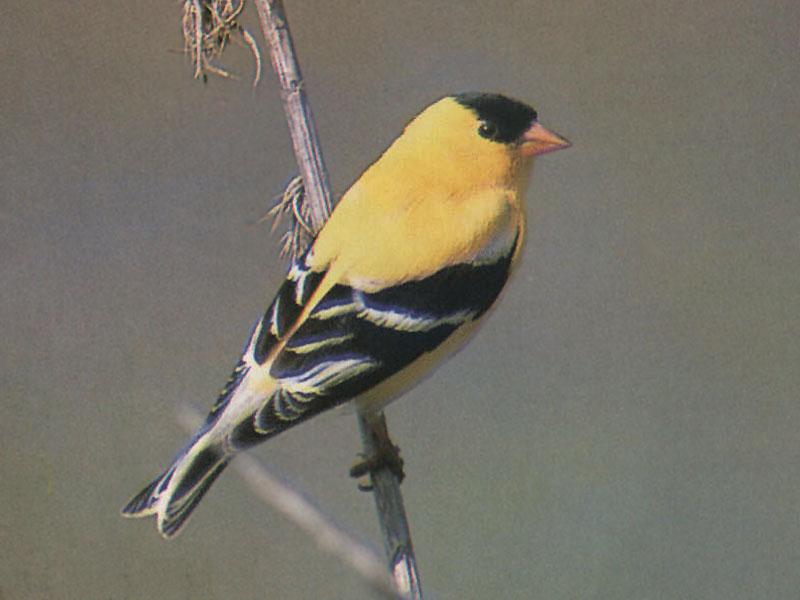|
| 질의: Common blue | 결과: 694번째/981 | |
American Goldfinch (Carduelis tristis) (금방울새)
| 제목: | American Goldfinch (Carduelis tristis) (금방울새)
| |

| 해상도: 800x600
파일크기: 46560 Bytes
등록시간: 2005:03:09 16:18:42
|
From: don@wildlife.net (Don)
Newsgroups: alt.binaries.pictures.animals
Subject: Re: Pictures of certain birds.
Date: Thu, 26 Feb 1998 01:35:53 GMT
>Would appreciate pictures of any of the following:
>Cardinal, Blue Jay, Bluebird, American Gold Finch, Common Grackle,
>Purple Finch, Red Breasted Woodpecker and Morning Grosbeak.
AmericanGoldFinch_06.jpg
AmericanGoldFinch_09.jpg
AmericanGoldFinch_15.JPG |
^o^
동물그림창고 똑똑전화 누리집
^o^
|
|